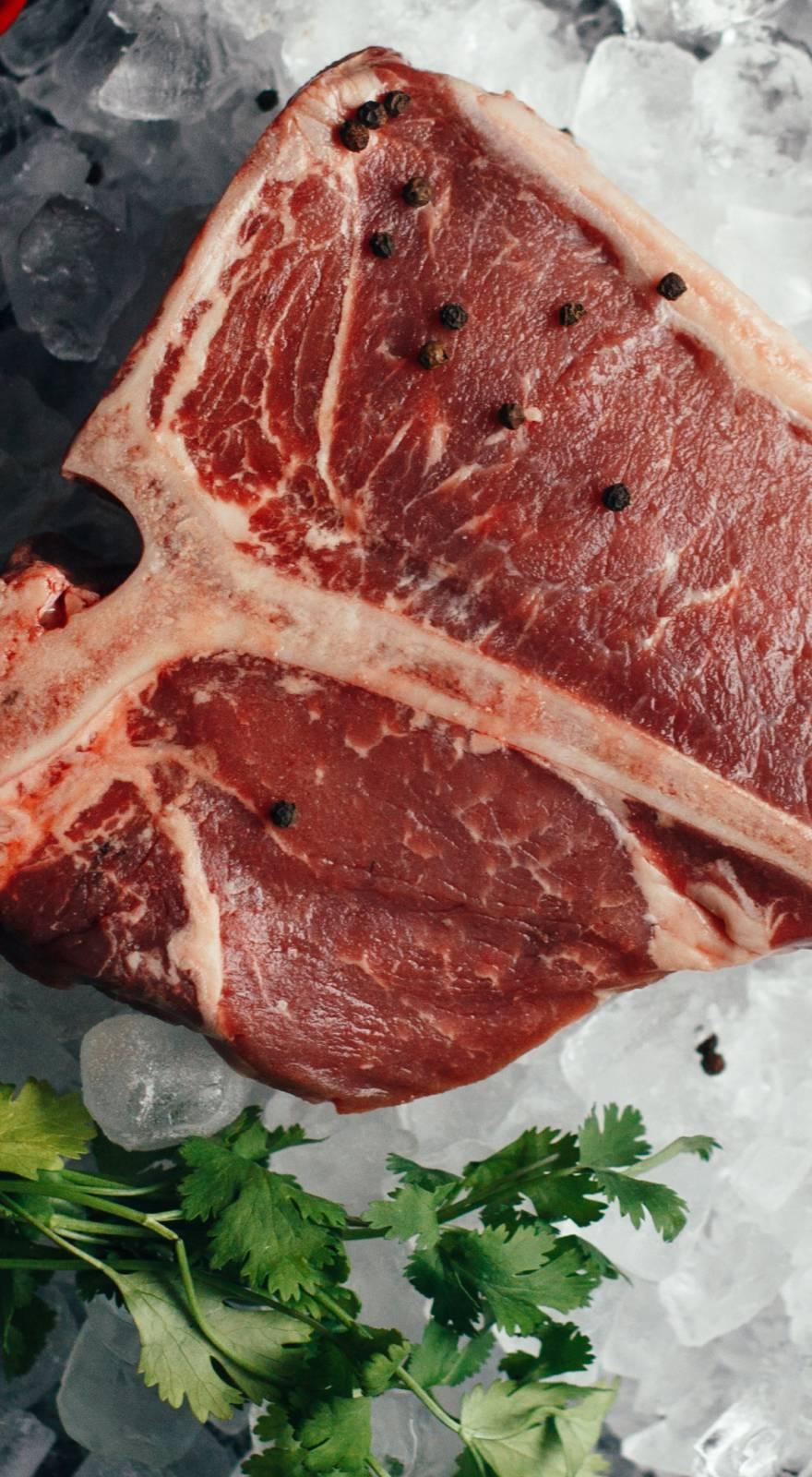Knowde Enhanced TDS
Identification & Functionality
- Ingredient Name
- Food Ingredients Functions
- Ingredients
- Gelatin
- Technologies
- Product Families
- Sensory Properties
- Neutral smell
- Neutral taste
- May improve taste
Features & Benefits
- Labeling Claims
- Food Ingredients Features
- Nutritional Qualities
- A combination of pure protein with a specific amino acid.
- Synergistic effect in combination with other proteins.
- High degree of digestibility.
- Absence of allergens.
- Does not contain cholesterol.
- Useful Qualities of Gelatin in Technology
- Gelatin has a healing effect on increasing blood coagulation.
- Based on the fact that collagen is the basis of connective tissue, and gelatin is split collagen, it is successfully used as a food supplement for the prevention and treatment of joint diseases. Eating dishes that are prepared using gelatin promotes increased growth of connective tissues. Helps speed up the process of bone fusion in case of fractures.
- Glycine, an amino acid that is part of gelatin, is an unparalleled source of energy for the human body. And also these are other amino acids that beneficially contribute to mental activity and strengthen the heart muscle.
Applications & Uses
- Markets
- Applications
- Food & Nutrition Applications
- Applications
Confectionery
- Chewing candies
- Jelly, mousse, puddings
- Fruit marmalade
- Creams and decorations for cakes
- Caramel, pastille
- Fillings for cakes
- Creamy emulsions
- Plates, muesli
Dairy Products
- Ice
- Preparation of cheese and curd mass
- Instant desserts
- Processed cheeses
Bakery Products
- Adding to the dough
- Adding to dough fillings
- Decorations
Sausage and Meat Products
- Canned meat
- Sausage products
- Canned food, sauces
- Pate
- Ham
- Fish products
- Salted
Drinks
- Lighting of juices and wort
- Treatment of wine materials from colloidal turbidity
Dietary Dishes
- Margarine
- Syria
- Yogurt
- Fat-free pastes
Medicine and Pharmacology
- Hard and soft capsules, candles
- Plasma-substituting solutions
- Production of hemostatic agents
- Production of hemostatic dressings
- In bacteriology, in the form of a substrate for the growth of bacteria
Cosmetology
- Cultivation of artificial pearls
- Protein additive in nail strengthening products
- Fat-free ointments
- Cosmetic masks
- Shampoos, gels
Properties
- Physico-Chemical Properties
- Technological Properties
- Gel formation
- Foam formation and foam stabilization
- Film formation
- Improvement of the structure
- Hydration
- Stabilization and emulsion formation
- Physico-chemical Properties
- It is highly soluble and has a high ability to retain moisture.
- The jelly strength of edible gelatin is determined by Bloom or Valent.
- Subject to hydrolysis, which depends on a number of factors - the presence of acids, alkalis, bacteria, enzymes, as well as temperature.
- At a concentration above 0.8%, gelatin precipitates from the solution upon cooling. The deposition temperature is usually determined by the viscosity of a 10% solution and corresponds to the temperature at which gelation begins.
- Gelatin exhibits amphoteric properties. In an acidic environment, gelatin carries a positive charge, and in an alkaline environment, it has a negative charge.
- Compatible with many hydrocolloids, sugar, corn syrup, starch, glucose, basic food acids and flavorings.
| Value | Units | Test Method / Conditions | |
| Strength of Jelly (10% Mass Fraction) | 2.5 - 19 | N | — |
| Strength of Jelly (6.67% Mass Fraction) | 80 - 240 | Bloom | — |
| Particle Size | 0.1 - 5 | mm | — |
Packaging & Availability
- Packaging Type
- Packaging
- Food and technical gelatin is packed in polypropylene bags with a polyethylene insert of 25 kilograms.
- Edible gelatin is packaged in packs of 15.25 grams.
Storage & Handling
- Shelf Life
- Food gelatin GOST-11293-89 is 1 year from the date of manufacture.
- Food gelatin TU U 24.6-00418030-002-2007 - 2 years from the date of manufacture.

